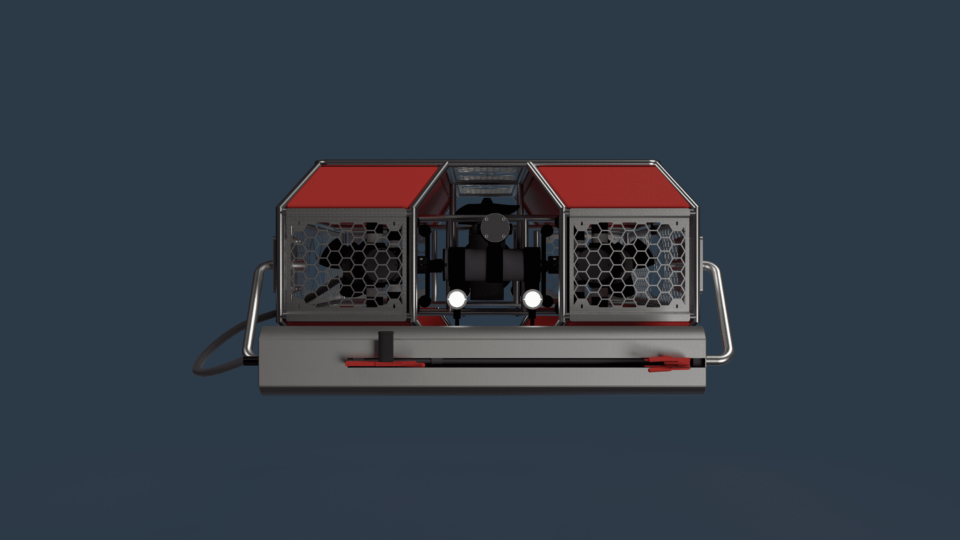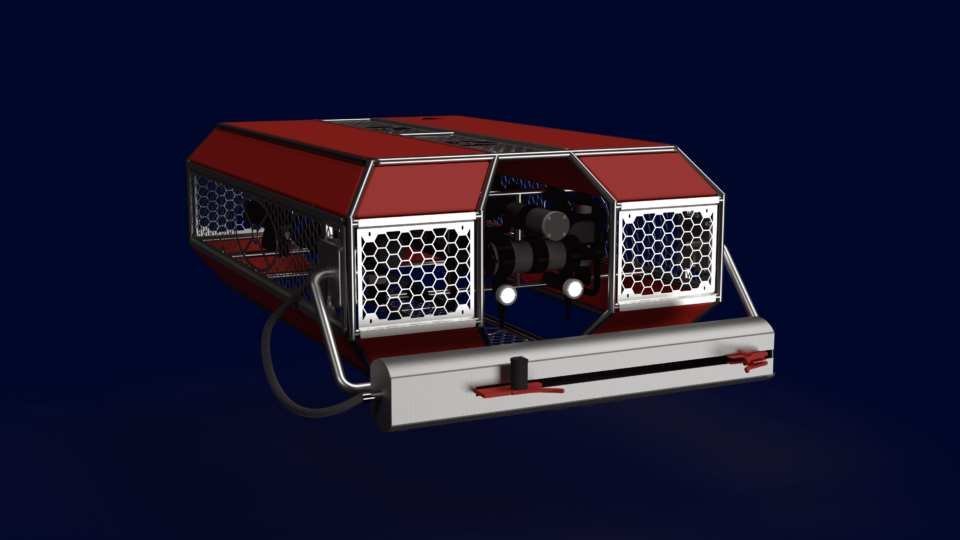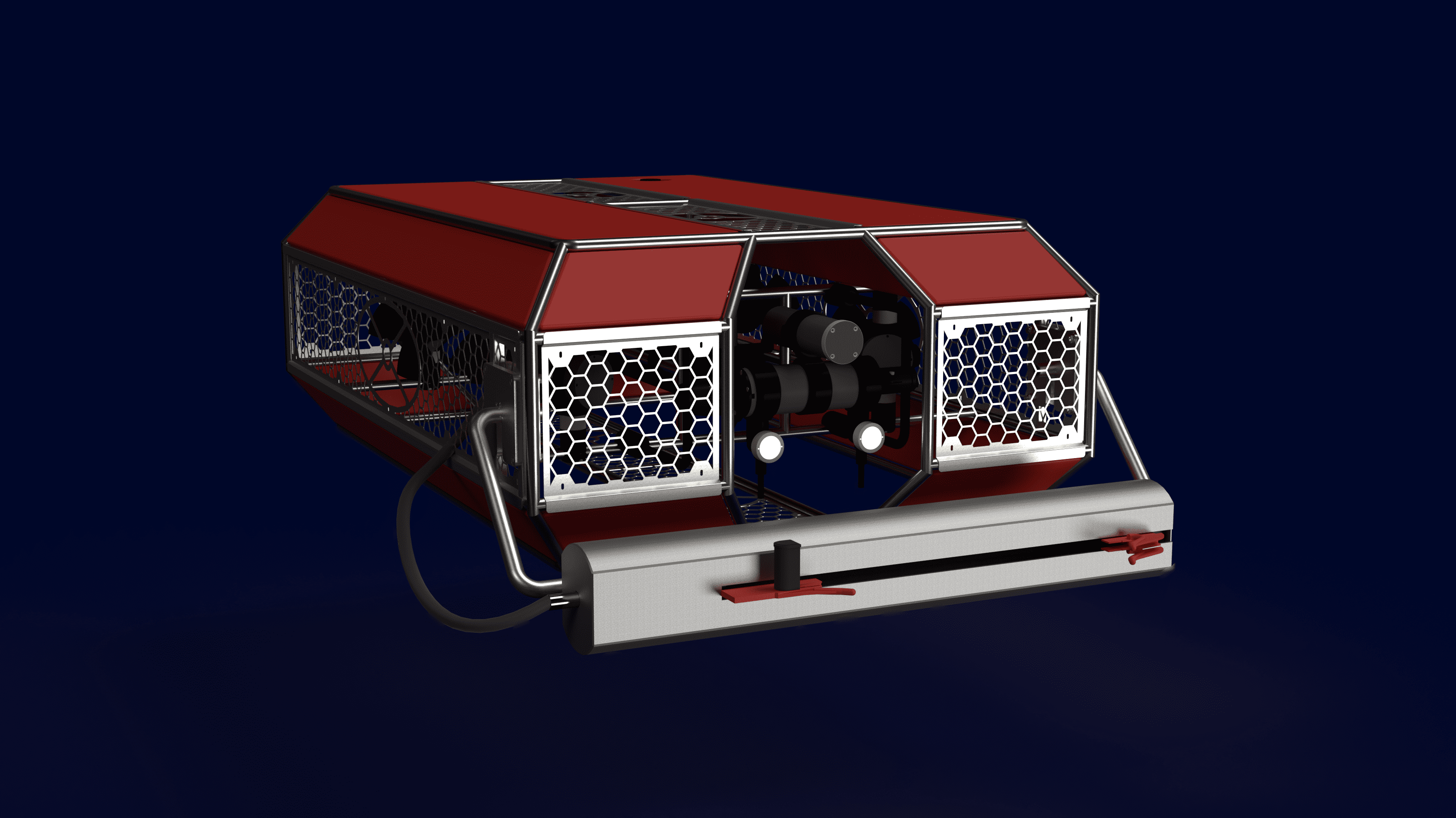With great success, Mariscope company announces that it has completed an important advance in the development of its new system for the repair and maintenance of nets through the use of ROVs.

This system can be installed in several of its well-known remote operation vehicles, and will allow the operator to close unstitched or broken ends of nets, mainly sea lions. These will be permanent repairs, and not provisional or short-term.
This development has been made specifically to end the problem of broken networks, which, if not repaired in a short period of time, generate a series of problems. The most common thing is that these breaks get bigger over time, and consequently sea lions enter the cages. This generates direct damage to the companies, since it causes a significant loss of biomass, stress in the fish and low appetite for the school.
On the other hand, they generate environmental damage, since sea lions often get trapped when the holes are not big enough, and by not being able to swim to the surface, they end up drowning.

How does it work
The development consists of a concept that integrates various state-of-the-art technologies in a single team. In addition to the ROV, the system in question is made up of three main parts, consisting of: two electric arms that bring together the broken ends of the net, a hook-and-clamp release system, which resembles the operation of a hook-and-eye, and finally, a tilting frame to operate the system regardless of the position of the ROV relative to the Net. With this, it is intended to achieve equipment that operates precisely and simply, reducing action times and associated costs.
Mariscope’s commitment to innovation and product quality is again reflected in this special system, designed to improve both production and safety by minimizing the need for risky dives. Both objectives are key for an industry that seeks to continually improve.

